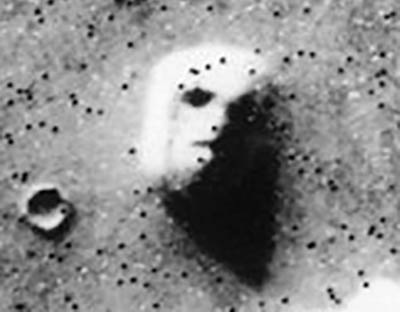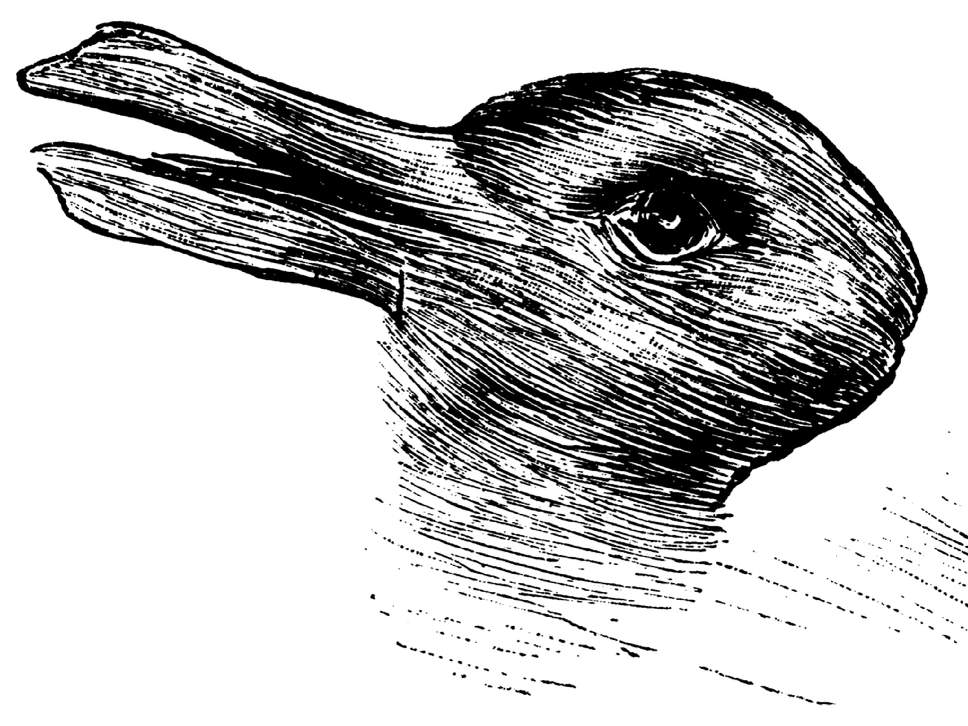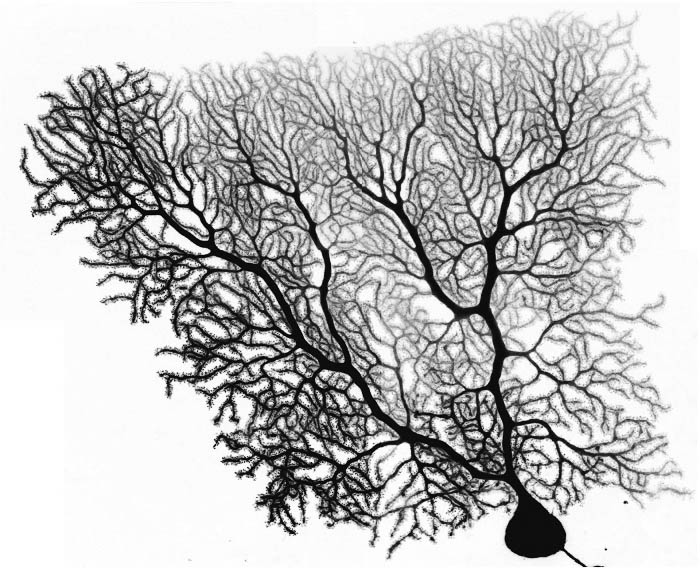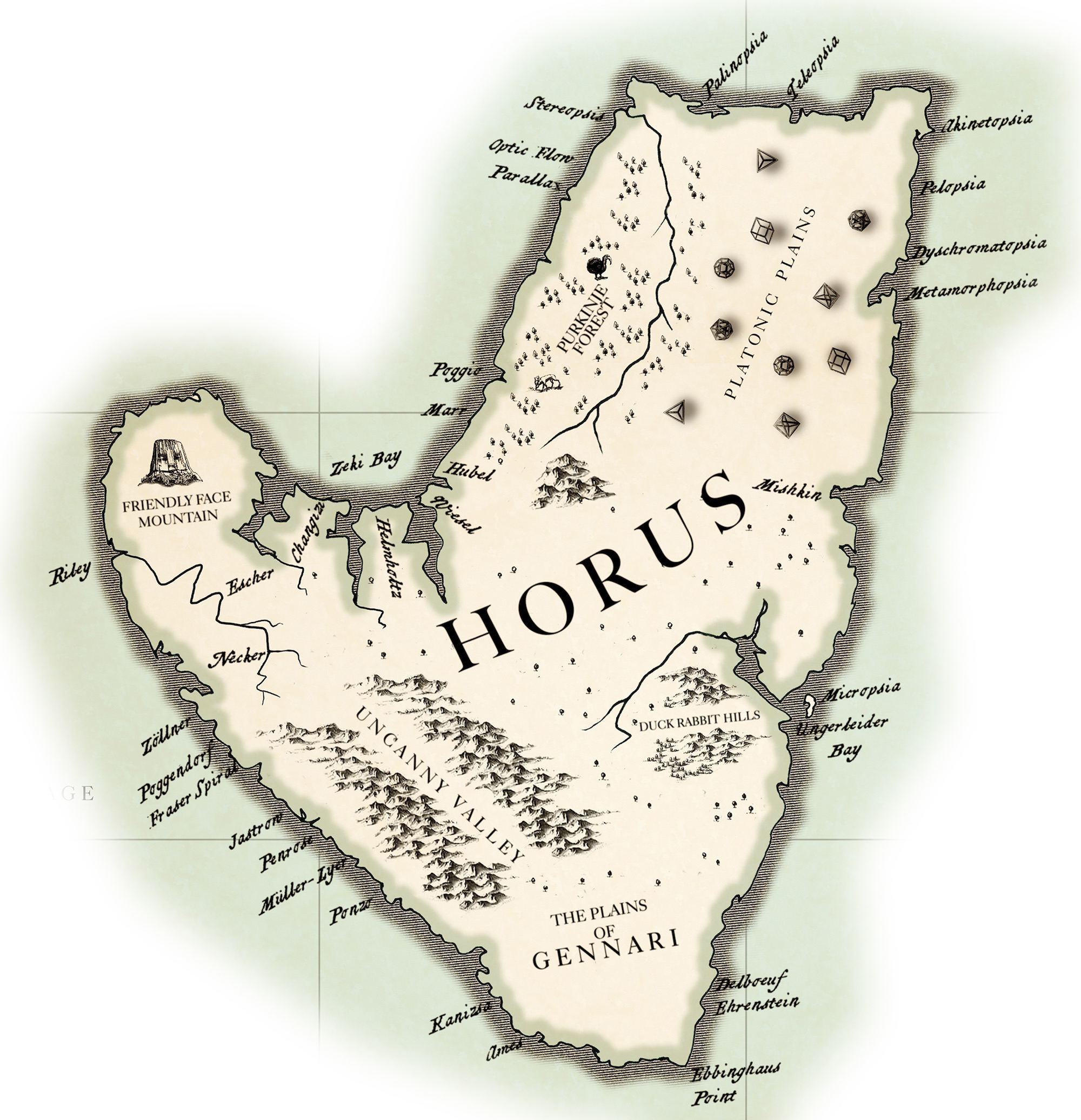Click on the map to learn more
Horus, named after the Egyptian God often represented by Eye of Horus symbol. Representing the Primary Visual Cortex, where information from our optic nerves first gets analysed into shapes and colours.
Artists
"Art is the lie that tells the truth" - Picasso.
Certain artists have used the power of the visual system against itself with pleasing results. In this area we find Bridget Riley and M.C. Escher
Optical Illusions
The visual system is imperfect. Rather than reflecting reality directly, perception is a game of anticipation and reconstruction.
Optical illusions are a way to reveal the limitations.

Friendly Face Mountain
A significant part of the primate visual system is dedicated to recognising faces, and assessing expressions. The first step is to recognise a face vs a non-face. This happens at a very low level in the visual system, and can sometimes be over-eager in spotting a face.

Cognitive Scientists
Due to the importance of vision as a psychological process, much research has been done in teasing apart the functions of the Visual Cortex, notably scientists in the field include David Hubel and Torsten Wiesel, David Marr and Tomaso Poggio amongst others.
.Uncanny Valley
The Uncanny Valley is the odd feeling produced when we see something almost human in appearance. We are happy with caricature humans, or real humans, but betwixt the two lies the disconcerting uncanny valley.
The Plains of Gennari
The Line of Gennari is a white stripe on the brain which can be seen with the naked eye. First observed by Francesco Gennari in 1776.
Duckrabbit Hills
One of my personal favourite optical illusions. The duck-rabbit drawing was first used by American psychologist Joseph Jastrow in 1899 to make the point that perception is not only what one sees but also a mental activity.

Purkinje Forest
Purkinje Cells are some of the largest neurons in the human brain characterised by a large number of dendritic spines.

Visual Processing Functions
A number of distinct functions occur in the visual system to turn the signals from the retina into an understanding of the outside world. For example, objects in motion are characterised by their optic flow.
Platonic Plains
There are five Platonic Solids. A Platonic solid is a regular, convex polyhedron with the same number of faces meeting at each vertex. Plato wrote about them in the dialogue Timaeus c.360 B.C. in which he associated each of the four classical elements (earth, air, water, and fire) with a regular solid. Earth was associated with the cube, air with the octahedron, water with the icosahedron, and fire with the tetrahedron.
Micropsia
Micropsia is a condition affecting human visual perception in which objects are perceived to be smaller than they actually are. Related visual distortion conditions include macropsia, a less common condition with the reverse effect, and Alice in Wonderland Syndrome, a condition that has symptoms that can include both micropsia and macropsia.
Ungerleider Bay
Ungerleider and Mishkin first described the Dorsal and Ventral streams which pass through the visual cortex and allow us to perceive "What" and "Where" an object is in the visual field.
Visual Disorders
Because the visual system is relatively 'low level' in the processing of the brain, distortions in how we see the world can be obvious and disturbing. For example, Teleopsia - where objects appear further away than they are, Akinetopsia or 'motion blindness' or Dyschromatopsia, the loss of colour vision.
